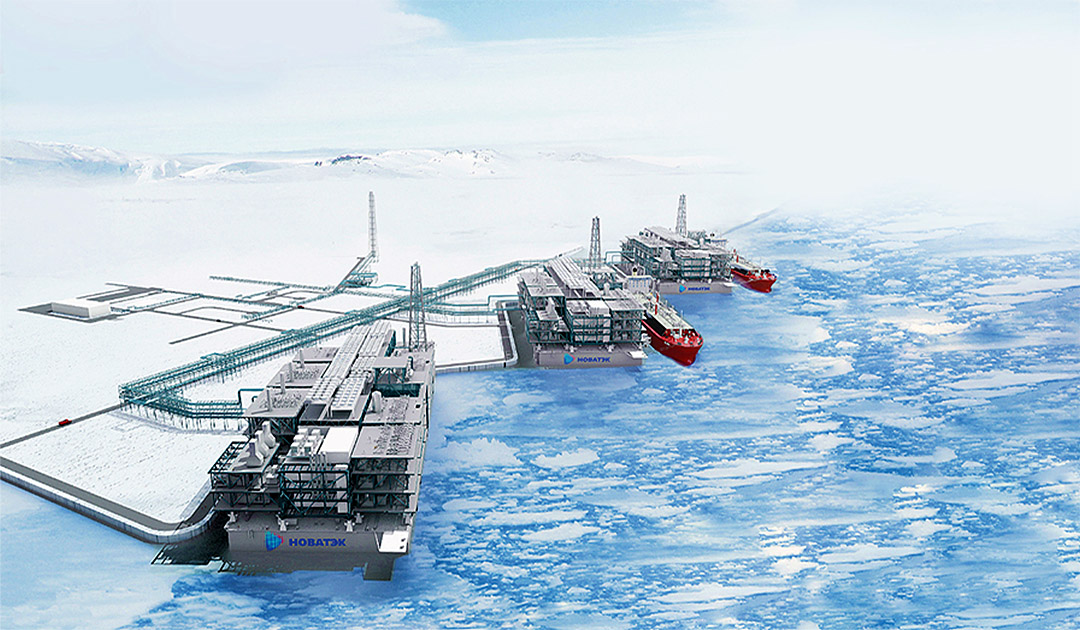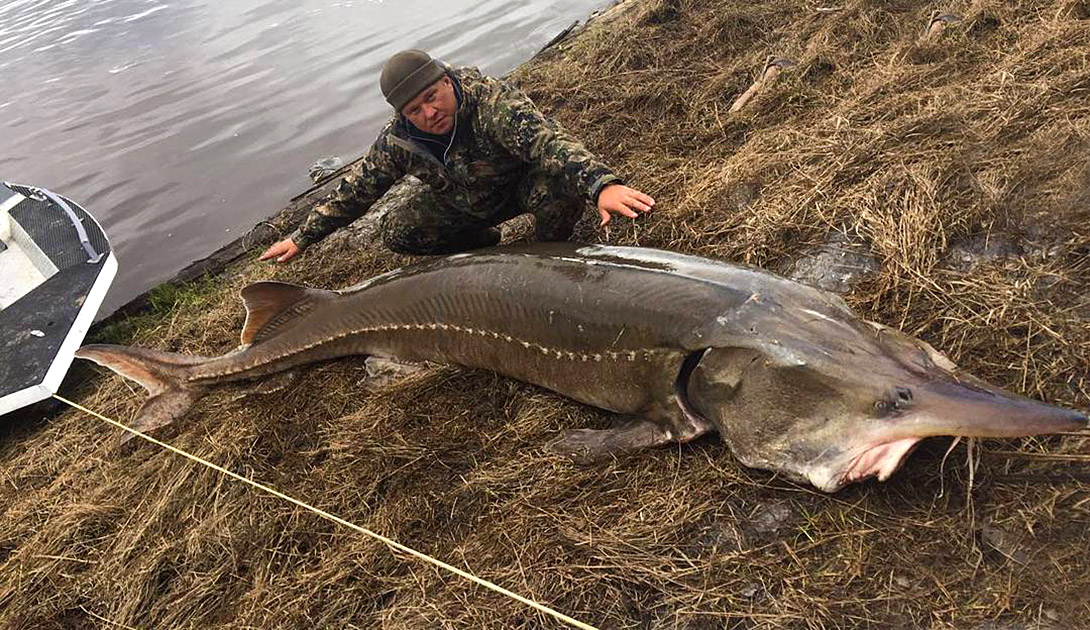
Never before has the Arctic experienced an industrial expansion of this magnitude. The Gulf of Ob has become the centerpiece of the Russian natural gas and oil industry’s advance in recent years. Yamal is preparing to implement a large-scale project to dredge the Gulf of Ob. This will allow cargo ships to enter Sabetta and Nowy Port safely and pick up cargo. The large-scale development of the area could have fatal consequences for marine life, and environmentalists are now sounding the alarm. Above all, they fear that continued dredging could ultimately destroy rare local fish stocks.

In the next few years, a number of new industrial projects will be put into operation in the most remote and sensitive areas of the world. New infrastructure is being built, much of it along the Arctic coast. The reserves of hydrocarbons are enormous and large enough to supply the export markets for the coming decades.
Large dredging work
The current main area of oil and gas production in the Russian Arctic is the area around the Gulf of Ob. The natural gas group Novatek already operates the Jamal LNG deposit and loading point, which now supplies more than 16 million tonnes of liquefied natural gas annually. Hydrographic Enterprise has already started selecting a general contractor to widen the navigable access channel from the Kara Sea to the Gulf of Ob.

Within the next few years, much larger quantities are to be excavated from the bottom of the Arctic bay. Novatek is building the “Arctic LNG 2” – handling and storage facility. Already its next major project. This facility is scheduled to open in 2023. Until then, transport routes must easily be accessible to production platforms, large tankers and other vessels.
Hydrographic Enterprise is responsible for the lion’s share of dredging. The company, a subsidiary of state-owned nuclear power producer Rosatom,will remove 80 million tons of seabed from the area over the next four years, a company official said.
Shipping in shallow waters
According to Aleksandr Bengert, a leading Rosatomofficial who is committed to the development of Arctic shipping, the dredging work for the Arctic LNG 2 facility and its Utrenneye project terminal, as well as the shipping route that crosses the Gulf, is connected.

Bengert is based in Murmansk and serves as Deputy Head of the Directorate for the Northern Sea Route of Rosatom.
The whole project is a complicated process. The local seabed consists of frozen permafrost. Special ships must first cut the floor to pieces, which only afterwardscan be removed by excavators, Bengert told the Rosatomcompany newspaper.
The large excavation will help to extend the current shipping route across the bay. At present, a 15 metre deep, 295 metre wide and 49 km long channel allows ships to enter the loading points. Over the next three years, parts of the lane will be widened to 573 meters, the state official said. At least 20 billion rubles (250 million Euros) will be needed for operations by 2022, he added.
Up to 60 million cubic meters of material are removed and transported over a three-year period, says Bengert. Added to this are the large quantities that have been removed in recent years.
In the lower part of the Ob, which is now being dredged, the depth was only 2-3 meters.

Ice screens
In addition to dredging, Rosatom and Hydrographic Enterprise are also involved in the construction of protectice walls against sea ice to help ships safely pass through the icy waters of Ob Bay.
Two protective walls with a length of 1.3 and 3.1 km respectively are to be built, says Bengert. They will consist of pipes with a diameter of up to 2.5 meters, which will be stacked on top of each other, filled with concrete for strength and rammed into the seabed.
80 billion rubles (100 million Euros) are planned for the construction of the protective walls in the period up to 2022, the company representative confirms.

Concern for the environment
Major industrial developments in the Gulf region are now causing increasing concern among environmentalists. According to researchers at the Ural Institute for the Ecology of Flora and Fauna, dredging could ultimately lead to the complete extinction of several marine species unique to the region.
The institute’s head of research, Vladimir Bogdanov, explains to the newspaper Pravda that parts of the Gulf of Ob must remain untouched by energy companies if sensitive fish stocks are to be preserved. In particular, it refers to the waters around Cape Trekhburny, an area where fresh water flows from Taz Bay into Ob Bay.
“When dredging work is carried out in this area, it means death for the fish stocks of the Ob. Neither sturgeon, nor whitefish, stint or the freshwater cod will be there. The valuable fish species of the Ob will disappear. It will be a huge loss that cannot actually be restored. The ecosystem will be completely changed,” he told the newspaper.
According to Bogdanov, there was also great concern among the researchers about the dredging around the Sabetta loading site. Here, however, the environmental impact was less than expected. In the less sensitive parts of the Gulf, local ecosystems will be able to recover over the course of five years, the researcher argues.

Conflict
The environmental concerns of marine scientists will not end quickly. The Gulf of Ob is currently one of the most important areas of the Russian oil industry. Novatek is developing several major projects in the area. After the Yamal LNG and the “Arctic LNG 2”, the “Arctic LNG 3” and the “Arctic LNG 1” will follow, and Gazprom is in the process of planning several other projects, including the Kamenno-Mysskoye field and the Semakovsky project.
Large-scale dredging work in the shallow bay is a prerequisite for industrial developments. Conflicts with environmental interests will continue to be unavoidable.
According to Bogdanov, representatives of the Russian oil and gas industry stressed during an Arctic conference at the end of 2019 that dredging in the endangered areas cannot be avoided.
Among the projects that need to be dredged is the port of Novy, a field operated by Gazprom Neft. Deeper waters are needed to bring larger oil tankers to the project terminal near Cape Kamenny, industry officials told the researcher.
Heiner Kubny, PolarJournal





